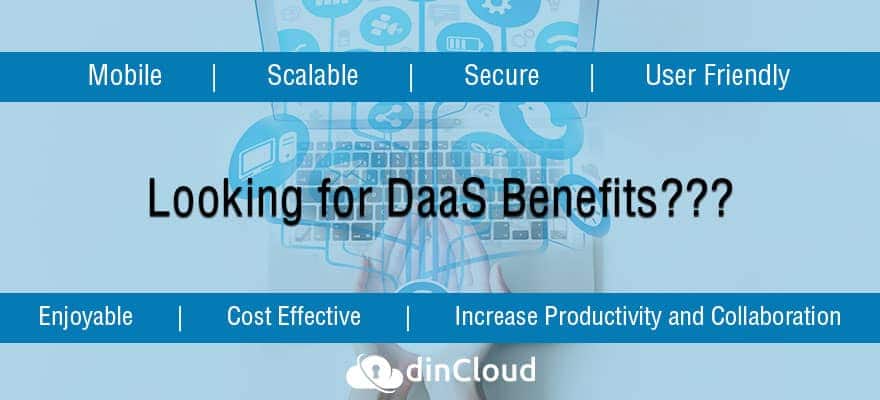Part 1: The Technological Landscape Today
Today, there’s a huge range of hardware and software technology options out there, including on-premise systems, cloud solutions, and everything in between. They all work, to be sure, and the reality is that many companies continue to rely on systems that they implemented 10, 20, or even 30 years ago. And those systems just can’t cut it today.

Why? Even technology that was considered to be “the latest and greatest” three to five years ago just isn’t competitive or efficient today. On top of that, these legacy on-premise systems come with intrinsic structural and functional limitations. At the forefront, this includes:
- Their inability to scale and customize as your company evolves
- Their lack of mobility and accessibility, leading to communication and flexibility issues that decrease your overall efficiency and productivity.
- Their lack of integration, which can lead to inconsistent or incomplete data. This, in turn, can hobble a company’s ability to switch to data-driven, analytics-heavy operations – and that’s really the future of business.
- They require manual patches and security updates that could lead to compromising security concerns.
- They often call for complex coding and a huge amount of technical know-how to be properly implemented, managed and troubleshooted.
And these problems are only getting worse as time goes on and cloud technology improves, which means that sticking with these systems will ultimately hurt your revenue and your bottom line.
Now, at this point, most businesses recognize this fact, which is why they know – at least in theory – that they have to take the leap to the cloud. In fact, Gartner predicts that just the public cloud market will grow to be worth $221 billion in the coming year – a $40 billion jump in just one year. This does not include the private and hybrid cloud models which have just as much growth.
So the shift is certainly happening, and the limitations of on-premise systems will become that much more of a hindrance. But many businesses still hesitate to make the leap. Maybe they’re nervous about an untried solution. Maybe they don’t think they have the technological capacity to execute a complete system overhaul. Maybe they don’t have the time and training to spare – whatever the case, they’re dragging their feet, which is a huge problem in the long-term.
Why? Well, while on-premise systems fall further and further behind, the limitations of cloud-based services have largely resolved as the technology has continued to expand, improve, and refine itself. That includes the majority of the issues that prevented many companies from making the switch to the cloud in the first place, including security concerns, technological complexity, time constraints, cost, and more.
So what do you have instead? Secure, efficient, scalable, agile, and cost-effective systems that make digital transformation and modernization a breeze.
On one hand, this makes the gap between legacy and modern systems all the more troubling. On the other hand, though, this is exciting – and, if you’re one of the companies on the edge of making the jump, it should be a reassurance that it’s ok to step off the ledge.
Now, there are many options out there in the cloud world – including SaaS, IaaS, private cloud, public cloud, and PaaS – but a huge frontrunner to keep on your radar today is DaaS and hosted workspaces. Let’s explain.
Why DaaS is the Most Effective Tech Solution Available
You probably see a lot of articles and seminars about SaaS (Software-as-a-Service) and why it’s a great alternative to cloud systems. And don’t get us wrong, it is. But DaaS goes one step above SaaS, allowing you to combine a variety of SaaS solutions into one integrated, automated workspace. In this way, DaaS can manage several different SaaS applications, reducing the complexity of your IT deployment needs and making your systems much more effective.
So what is it exactly?
It’s essentially a cloud-enabled workspace and desktop that streamlines your processes, increases your agility, and enables your employees to work from anywhere and at any time. This, in turn, increases employee job satisfaction, improves productivity, and creates a better overall customer experience. Which gives your company a distinct competitive advantage.
Keep In Mind: You Have to Commit
That said, before we get more into the specifics and benefits, you have to keep one thing in mind: digital transformation is never easy, and there is no “plug and play” solution that you can implement and walk away from if you want to have a truly successful IT modernization endeavor. This is something that a lot of companies don’t understand, which is why 84% of businesses fail at their digital transformation efforts, according to Forbes research.
If you don’t want to be a part of that statistic, you have to approach becoming a part of the cloud generation with a comprehensive mindset. Think about it this way: if your car is completely dead – bad paint, problematic engine, low mileage, etc. – you can’t fix the problem by changing the battery. You have to work on the whole car. It’s the same with your business: you can’t throw in new technology and expect it to fix everything. Instead, you also have to consider how your people will make the most of it and how to change your processes to maximize results.
Commit today and get on the road to the future. Start now.


